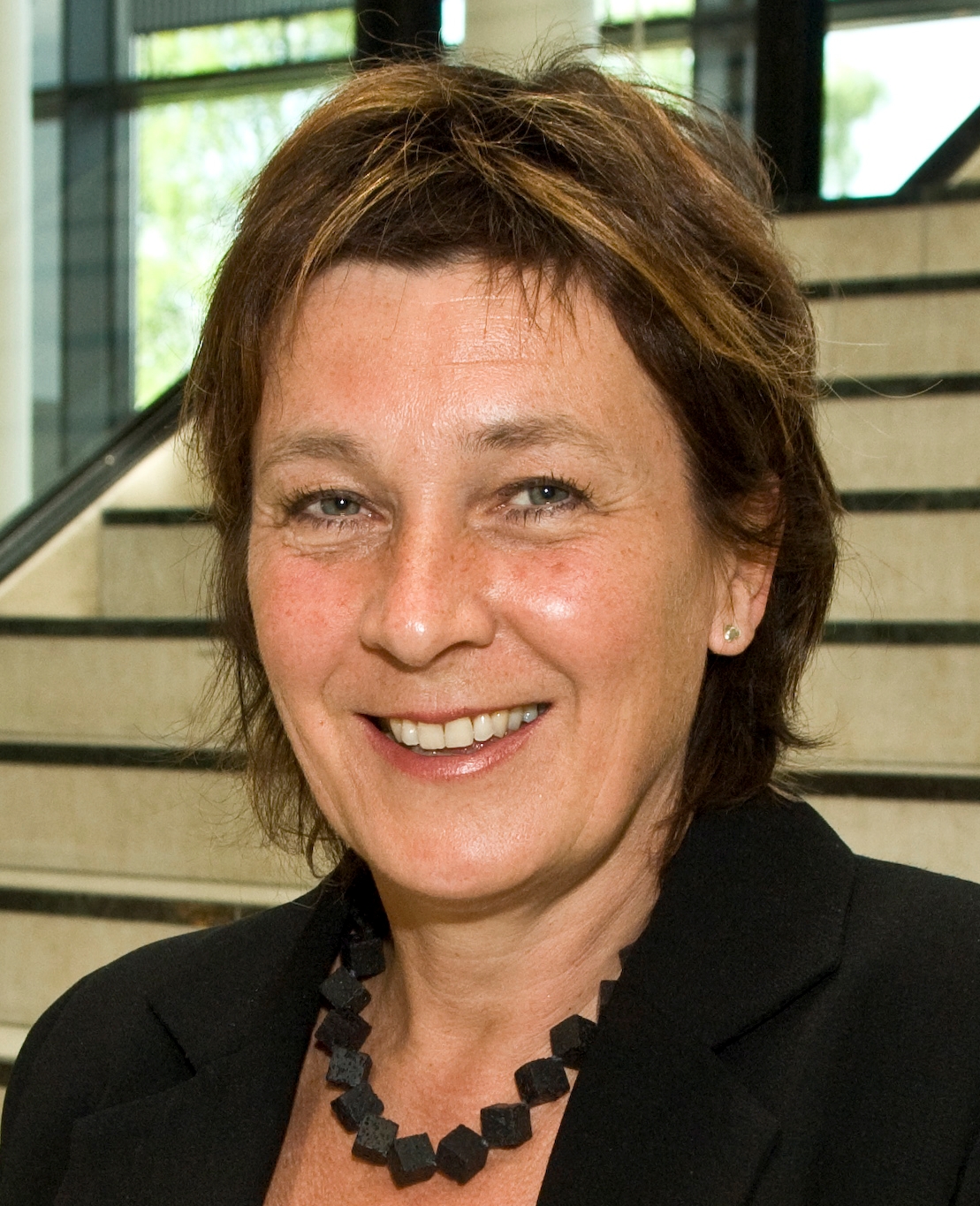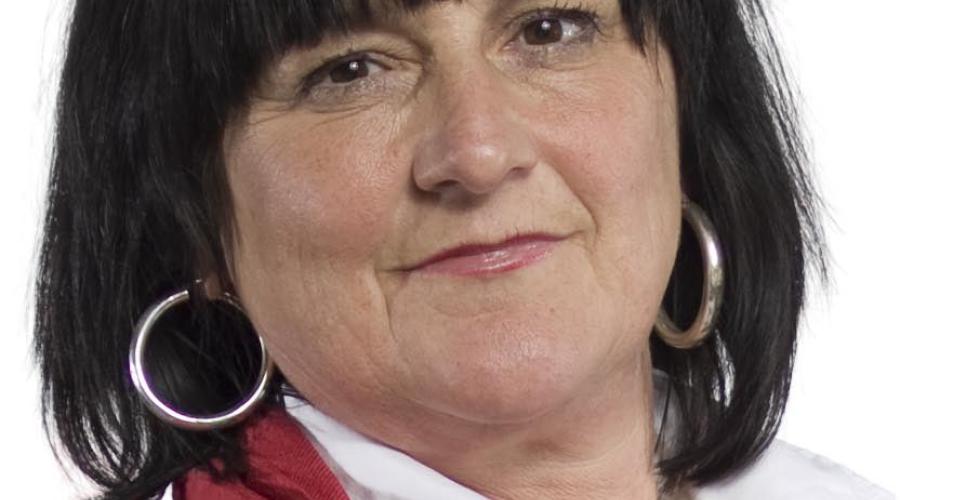They still won't ask
Sexual harassment will not be addressed on the new national working environment survey for the higher education sector. The chair of the Committee for Gender Balance in Research is disappointed.

“We’ve discussed including questions about sexual harassment on the national working environment survey, but we’ve decided not to do so,” says Anita Sandberg, Director of Human Resources at the University of Oslo and project manager for the new survey.
For the first time beginning in 2013, a new national working environment survey will be made available for use at no charge by the entire higher education sector.
The Norwegian Association of Higher Education Institutions (UHR) began preparing the survey in 2011 with funding from the Ministry of Education and Research. An expert group comprised of participants from the four major universities – the Norwegian University of Science and Technology, the University of Bergen, the University of Tromsø and the University of Oslo – is implementing the project.
Unique opportunity
As previously mentioned on the Gender Balance in Research website, researchers and the Equality and Anti-discrimination Ombud believe it is crucial that employers gather knowledge and dare to ask about sexual harassment. Swedish educational institutions ask about sexual harassment, including in performance appraisals and on employee surveys.
Now there is a unique opportunity to place sexual harassment on the agenda with the new working environment survey, both to send a signal of openness and to reveal the extent of the problem. But the group does not want to ask about sexual harassment, in part because the survey is anonymous.
“When the survey is anonymous, we can’t identify who answered what, which means we can’t launch targeted measures,” says Sandberg.
Professor Gerd Bjørhovde, Chair of the Committee for Gender Balance in Research (the KIF Committee), has a completely different view of the matter:
“By failing to ask, we stigmatize or give special treatment to the entire issue of sexual harassment, which can make the problem worse. If we ask, then it will become more commonplace to speak up about it. Sexual harassment is one of several key challenges related to the working environment.”
“I think the logic here is flawed. What are they afraid will happen if they ask about sexual harassment? Do they think the problems are so huge?” asks Bjørhovde.
Want a broader perspective
The higher education institutions are required to have routines for implementing measures if sexual harassment is reported. According to Sandberg, this is another reason not to ask about sexual harassment on the working environment survey.
“What do you think might be the advantages and disadvantages of asking directly about sexual harassment on working environment surveys?”
”One advantage could be that the issue will be brought to the forefront and attention will be focused on sexual harassment. It could serve a preventive function if more people turn their attention to the problem because more people will realize that it occurs and it could be easier to get measures implemented. The disadvantages are mainly related to the problem of anonymity. In addition, many organizations have experienced that direct questions about sexual harassment get all the attention and the work with the survey in a broader developmental perspective is disrupted,” says Sandberg.
The KIF Committee has addressed the issue of sexual harassment in many contexts, and Bjørhovde does not understand this reasoning.
'“Of course we won’t solve all the problems by asking about harassment in a working environment survey, but it would be a start,” believes Bjørhovde.
According to Morten Birkeland Nielsen, a researcher at the National Institute of Occupational Health, it has been shown that 20 percent of employees throughout Norway are exposed to behaviour that could be perceived as harassment. And there is no reason to believe that academia is any exception. Both Birkeland Nielsen and the Equality and Anti-discrimination Ombud have previously said to the Gender Balance in Research website that efforts to document and prevent sexual harassment will suffer if employers do not investigate the problem.
In response to the question of whether anonymous employee surveys are problematic, Birkeland Nielsen said this to the Gender Balance in Research website:
“No, employee surveys can form the basis of further studies. Even though they don’t show where the problem lies, they can be used as a starting point for increasing focus on the problem and creating a basis for measures against sexual harassment.”
“I agree with the researchers and the Ombud. The problems don’t disappear even if we close our eyes,” says Bjørhovde.
Up to UHR
Jana Weidemann, Deputy Director General in the Department of Higher Education at the Ministry of Education and Research, believes the laws will ensure that institutions take the fight against sexual harassment seriously. The ministry sets clear requirements for the institutions’ follow-up activities and expects that the laws are complied with.
“The ministry is pleased that UHR has begun preparing a national survey on the working environment,” says Weidemann.
“Does the ministry have a view on how sexual harassment can be prevented, other than compliance with the statutes?”
“The ministry has confidence that UHR will design its working environment survey according to its best judgment, and the ministry won’t get involved in how it is formulated. The ministry sets clear requirements regarding the institutions’ follow-up activities, which shows that the ministry is clearly committed to this issue. It is up to UHR to decide which topics the survey will address,” she says.
Weidemann does not dismiss the idea of asking about sexual harassment, and believes that working environment surveys are one possible tool.

“Sexual harassment is a challenge in all segments of society, including for universities and university colleges. We know that these cases can be unclear, ill-defined and, not least, unpleasant, but we still need to place them on the agenda. Sexual harassment and bullying are not individual problems, but the responsibility of the employer, and each institution must create its own strategy for preventing sexual harassment and bullying,” she explains.
Nonetheless, Weidemann maintains:
“The institutions have a high degree of autonomy, and this also applies to personnel policy. It wouldn’t be right for the ministry to issue detailed guidelines.”
Bjørhovde is surprised at the ministry’s view on this matter.
“The ministry talks about autonomy, but what about the ministry’s and the government’s responsibility when it comes to its own policy and own priorities?” asks Bjørhovde, and continues:
“Weidemann gives a good description of the situation when she emphasizes how crucial it is to place these issues on the agenda, but then it’s unfortunate that the “boss” itself, that is – government/ministry, doesn’t want to send a clearer signal to the institutions.”
A natural part
Sandberg believes that the universities and university colleges can best fulfil their obligation to prevent sexual harassment by creating good working environments where everyone feels safe to speak up if they feel they have been subjected to offensive behaviour.
“And the new working environment survey is one of several tools,” says Sandberg.
“How do you think the new working environment survey can help to create a working environment in which employees dare to speak up on issues such as sexual harassment?”
“Beginning to talk about how the working environment is perceived will create arenas in which difficult topics can be broached. The important feedback meetings that all employees will be invited to locally when the results from the survey are available are an example of this. There will also be focus on the leadership’s responsibility,” she says.
The head of the KIF Committee agrees it is positive that the institutions are cooperating on a national working environment survey.
“When working environment surveys are conducted several times in succession, this opens up the opportunity for comparisons and follow-up measures that can lead to a better working environment. But exposing sexual harassment should be a natural part of these efforts,” says Bjørhovde.
Translated by Connie Stultz.
The Gender Balance in Research website is putting the spotlight on sexual harassment in academia. This is the third in a series of articles. A link to the previous articles is available below.
The process of preparing a new national working environment survey for universities and university colleges began in 2011 as a cooperative effort between the Norwegian University of Science and Technology, the University of Oslo, the University of Bergen and the University of Tromsø. Human Resources Director Anita Sandberg is heading up the project. Bergen University College and Sør-Trøndelag University College, as well as representatives from various academic environments, have participated in the reference group.
The project has received NOK 1.25 million in SAK funding for 2011 and 2012. SAK funding consists of allocations from the Ministry of Education and Research that are aimed at promoting cooperation, constructive task distribution and highly focused activities. The working environment survey should be ready for use in 2013, and consists of a questionnaire, the processing of the results, a system for providing feedback and activities to develop measures and evaluations.
The project to document the working environment and organizational climate is part of UHR’s initiative on leadership, whose purpose is to encourage knowledge-based development of the working environment within the higher education sector.
Sources: University of Oslo, Ministry of Education and Research, Norwegian Association of Higher Education Institutions
The Committee for Gender Balance in Research (the KIF Committee) discussed the issue of sexual harassment at its meeting on 28 August.
The Gender Balance in Research website has tried unsuccessfully to contact researchers in the group to get their scientific assessments underlying the decision not to ask about sexual harassment.



